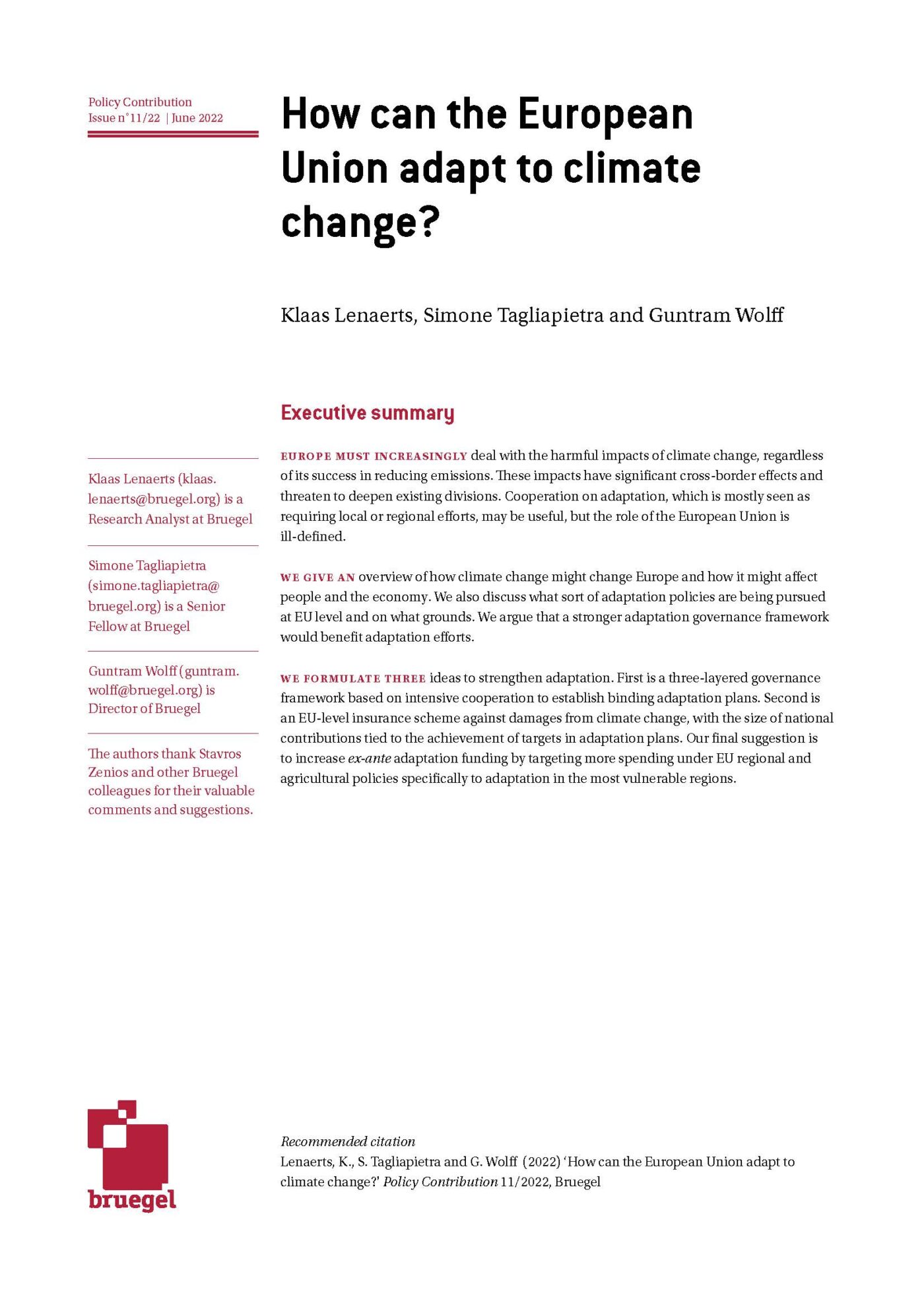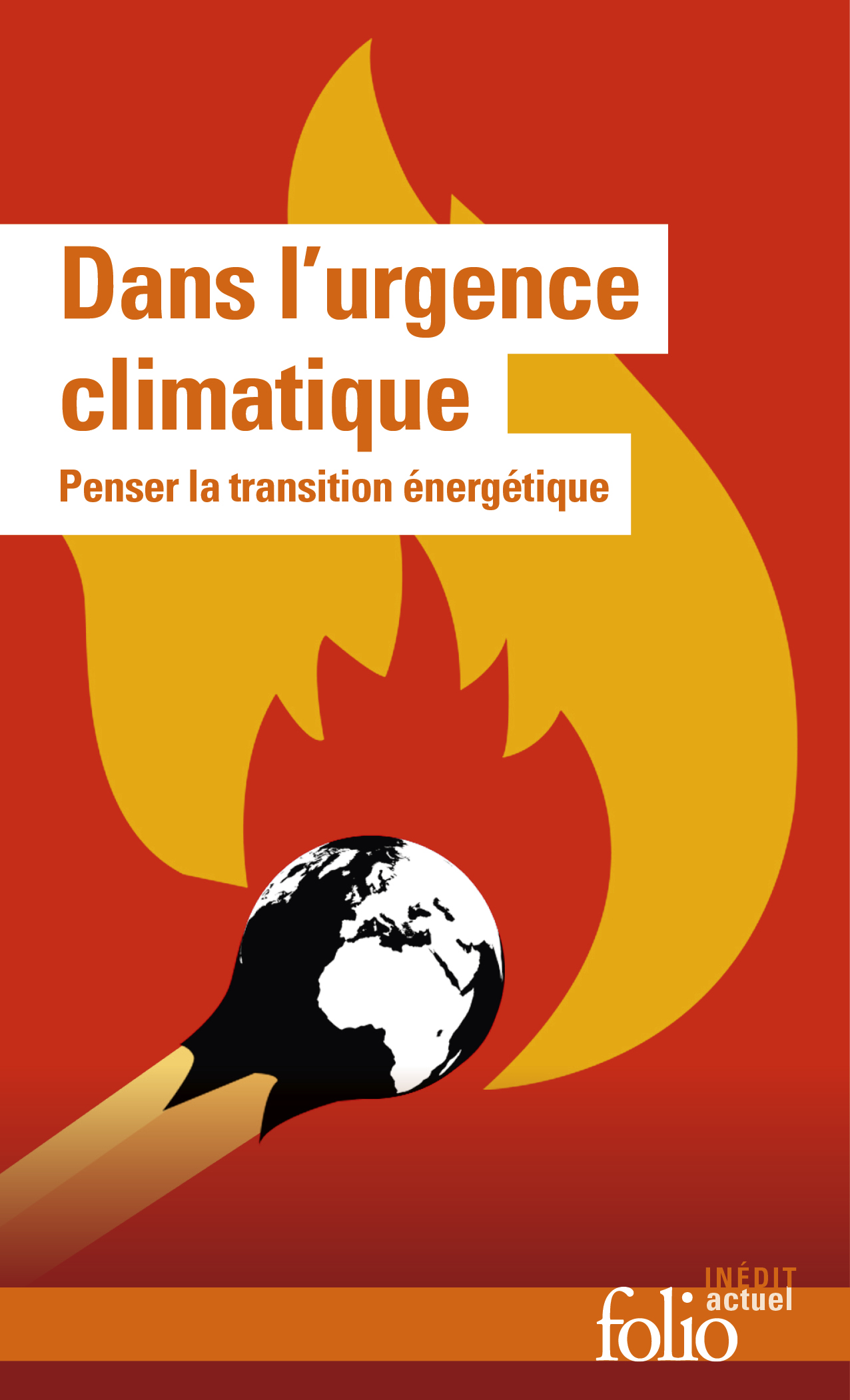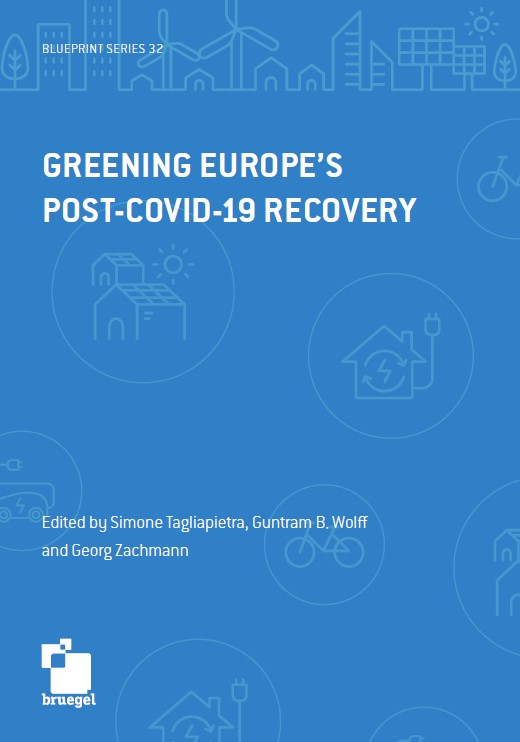Blog Post
Trump’s Energy Policy: America First, Climate Last?
What will the new US administration mean for the fight against global warming? Climate change is not even mentioned in the ‘‘America First Energy Plan’’, and Simone Tagliapietra fears a reversal of recent positive steps.
This blog was originally published by the Aspen Institute Italià.
An event on 7 March addressed the same topic. Take a look.
Under President Barack Obama, the United States assumed a leading role in the global fight against climate change. The 2015 Paris Agreement would probably not have materialised without the former President. He played a central role in committing the United States, for the first time, to cut greenhouse gas emissions, and also in engaging emerging countries in the process.
The road to Paris started to look really possible when, in November 2014, the United States engaged in a landmark deal with China that put the world’s two largest greenhouse gas emitters in lockstep to cut emissions. In September 2016, when the United States and China ratified the Paris Agreement, the European Union was prompted to follow, enabling the agreement to enter into force at an unprecedented speed.
The Trump administration might now signal a U-turn in the United States’ international climate policies. During the electoral campaign, Donald Trump reinforced his climate-sceptic profile, defining climate change as a ‘‘hoax of the Chinese government’’, and promising to withdraw from the Paris Agreement and to immediately stop ‘‘all payments of the United States’ tax dollars to United Nations’ global warming programmes’’.
However, with the Paris Agreement having entered into force, President Trump will not be able, in legal terms, to withdraw from the deal during his first term. In fact, he would be able to trigger Article 28 (a provision allowing countries to withdraw from the Agreement, in Brexit terms the Article 50 of the Paris Agreement) only three years after the Paris Agreement’s entry into force, and it would then be another year before it took effect. By that time, November 2020, Trump’s first term would be over.
However, President Trump will have two other options to change the United States’ international climate trajectory.
The first would be to directly pull out of the 1992 United Nations Framework Convention on Climate Change – the umbrella agreement for the Paris Agreement – and this would also be legally considered as a withdrawal from the Paris Agreement itself. This radical option, paradoxically, would be easier to achieve than withdrawal from the Paris Agreement alone. In fact, it might be attainable within the first year of the presidency.
The second option would be to simply ignore the international climate commitments assumed by President Obama, and accordingly reshape the United States’ energy policy. This option would be as damaging for global climate action as US withdrawal from the UNFCCC. Without a strong commitment from the historically biggest greenhouse gas emitter, emerging countries like China and India might raise questions over own climate efforts.
This second option seems to be the most likely to be pursued by the Trump administration. This not because it merely removed the White House climate change website on its first day in office – which was, by itself, already a first clear sign of the new era – but because the new administration’s energy strategy does not even mention climate change.
In fact, following the presidential inauguration of January 20, the White House immediately released the ‘‘America First Energy Plan’’, focused on three key targets: i) lower energy costs for Americans; ii) maximize the use of American energy resources; iii) freeing America from dependence on foreign oil.
To achieve these targets, the plan calls for a deep de-regulation of the energy industry, including the elimination of ‘‘harmful and unnecessary policies such as the Climate Action Plan and the Waters of the U.S. rule.’’ The plan estimates – without providing details – that lifting these restrictions could increase American wages by more than USD 30 billion over the next 7 years.
Likewise, the plan estimates American untapped shale, oil, and natural gas reserves at USD 50 trillion, and calls for their exploitation in order to ‘‘bring jobs and prosperity to millions of Americans’’ and in order to use related revenues to ‘‘rebuild roads, schools, bridges and public infrastructure’’. The plan also makes reference to the coal sector, outlying the strong commitment of the new Administration to its revival, also through clean coal technology. The plan not only links the exploitation of domestic energy resources to supposedly related job creation and economic growth, but also to the assumed achievement of ‘‘energy independence from the OPEC cartel and any nations hostile to [U.S.] interests.’’
So, climate change is not even mentioned in the ‘‘America First Energy Plan’’, and the only mention to environmental issues goes to the need for a ‘‘responsible stewardship’’ of the U.S. environment. According to the plan, the Trump administration intends to carry out this target by refocusing the U.S. Environmental Protection Agency on its ‘‘essential mission of protecting [U.S.] air and water.’’
Considering that the new administration has immediately made moves to sideline the agency’s scientific research on climate change (e.g. the agency was reportedly asked by the White House to temporarily halt all contracts and grants pending a review, and to no longer discuss its research with anyone outside, including the media) this point of the plan might well prelude a forthcoming attempt to limit the activity of the agency on climate change related issues.
In short, while President Trump’s energy policy seeks to put America first, it certainly puts climate last. As previously mentioned, the pursue of such a policy could endanger the implementation process of the Paris Agreement, as emerging countries might raise questions over own climate efforts vis-à-vis the disengagement of the historically biggest greenhouse gas emitter.
In this context, the role of China – as world’s current largest emitter of greenhouse gases – will certainly be key. Chinese President Xi Jinping has reiterated several times the firm commitment of China in leading the fight against global warming. With a more-or-less implicit US climate retreat, filling the gap of global climate leadership would represents a key element in ensuring the solidity of the Paris Agreement’s architecture, which is fundamentally based on international cooperation and a mutual trust.
Republishing and referencing
Bruegel considers itself a public good and takes no institutional standpoint. Anyone is free to republish and/or quote this post without prior consent. Please provide a full reference, clearly stating Bruegel and the relevant author as the source, and include a prominent hyperlink to the original post.









